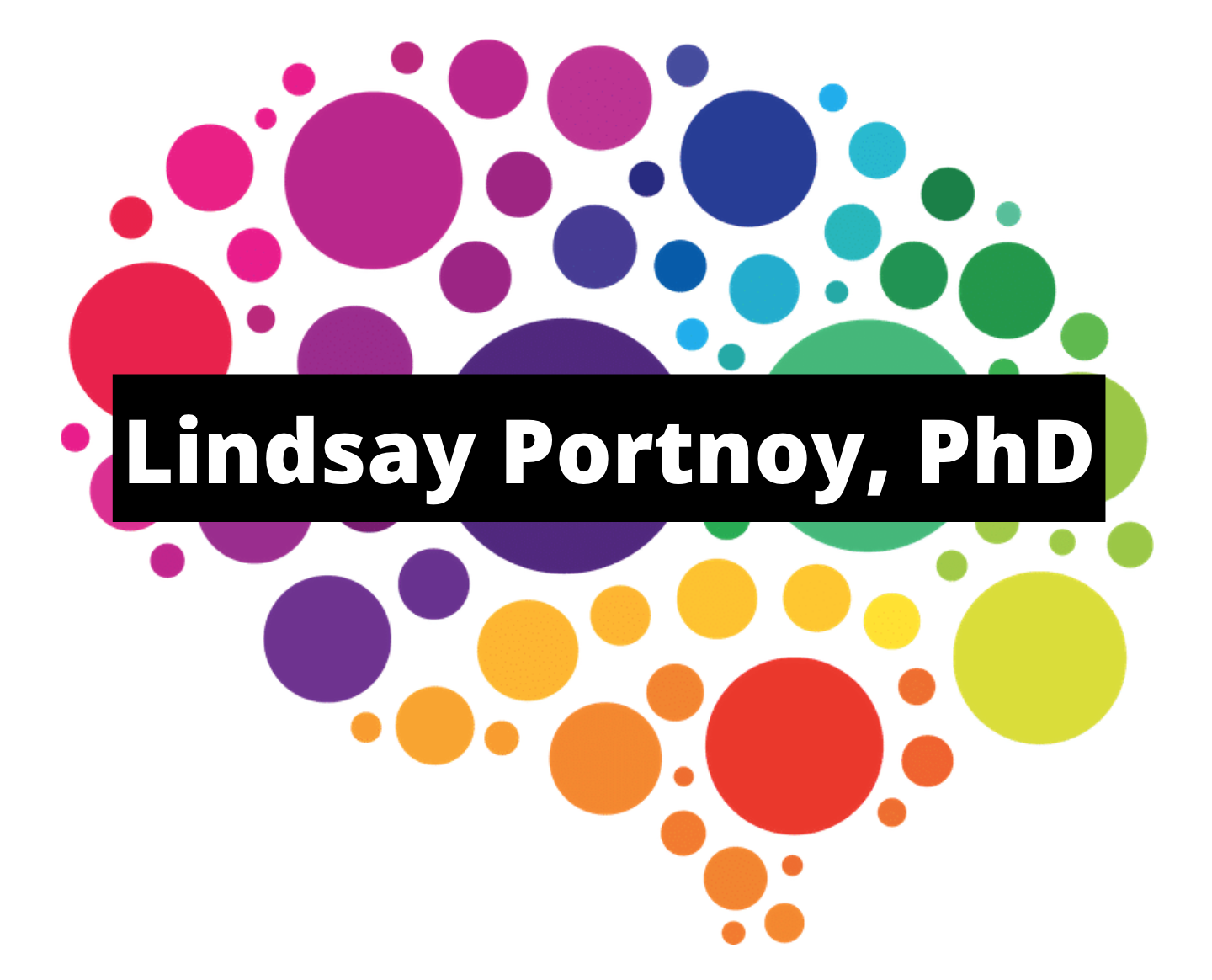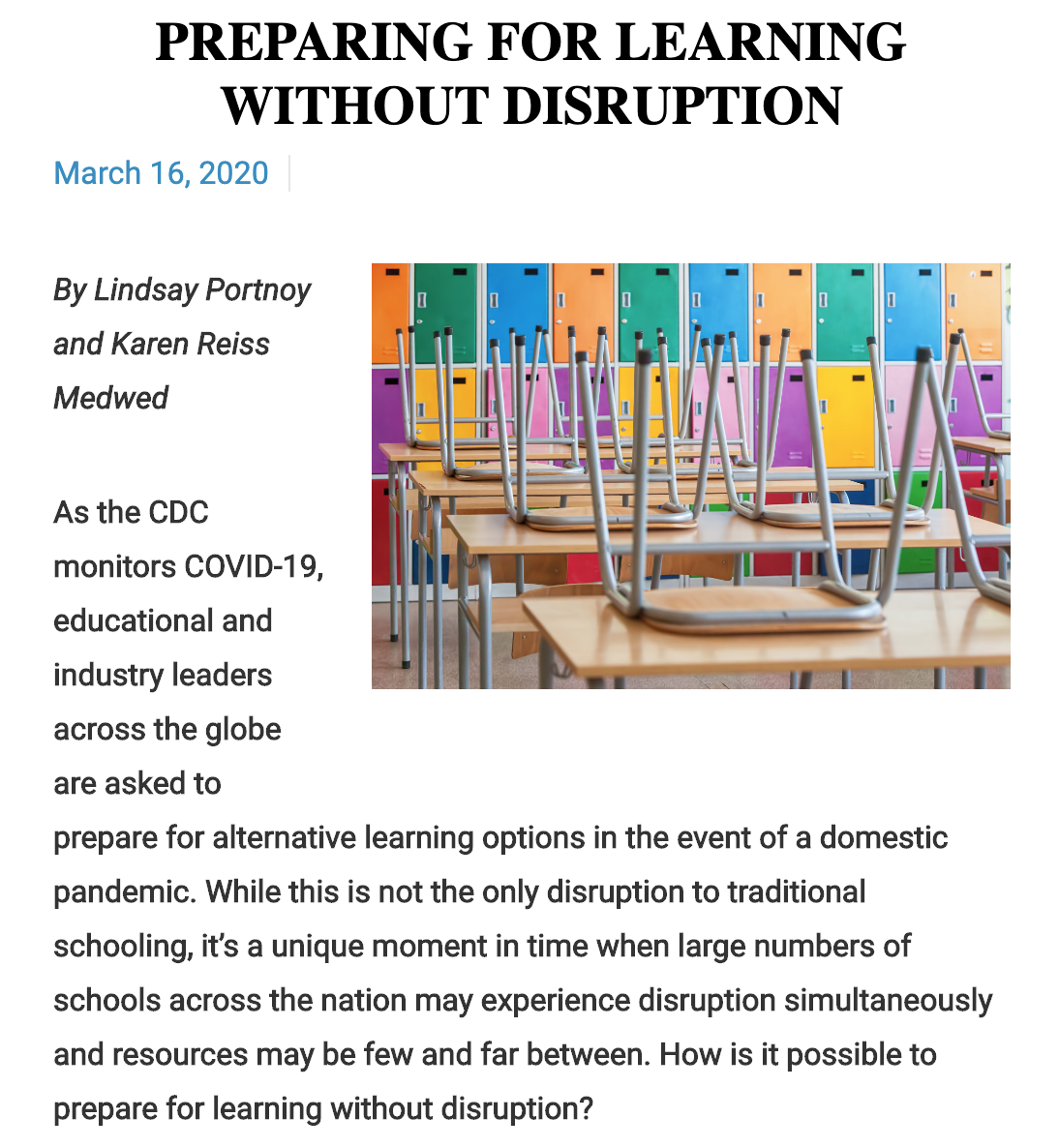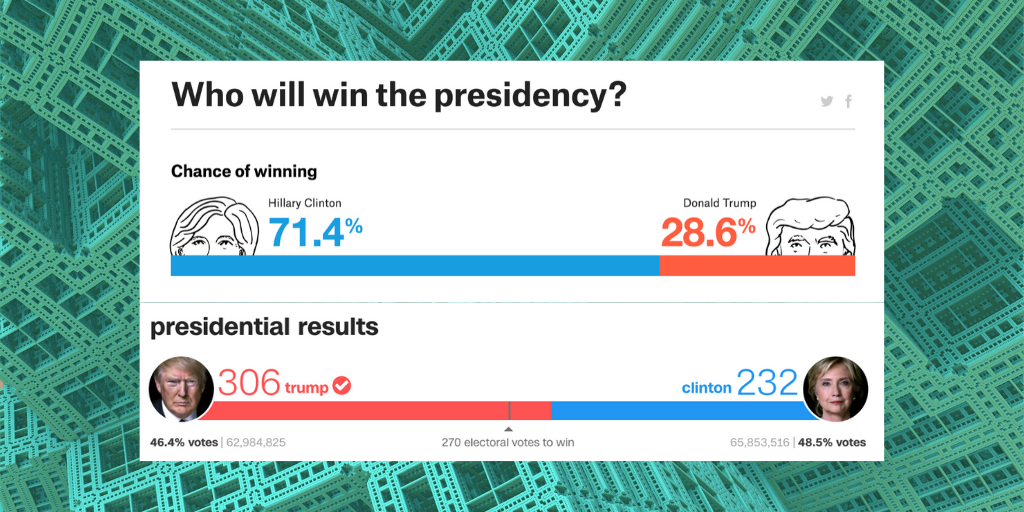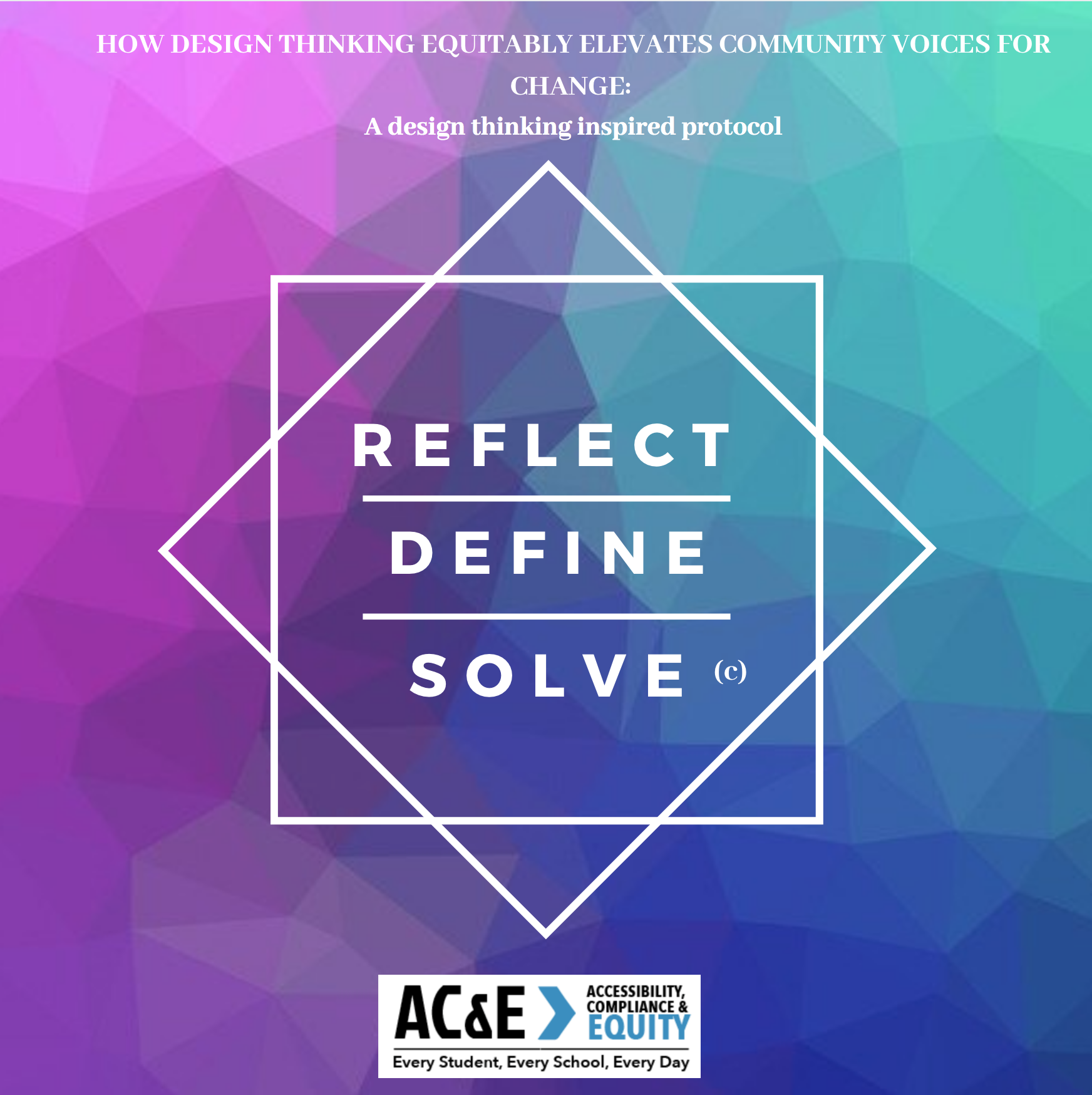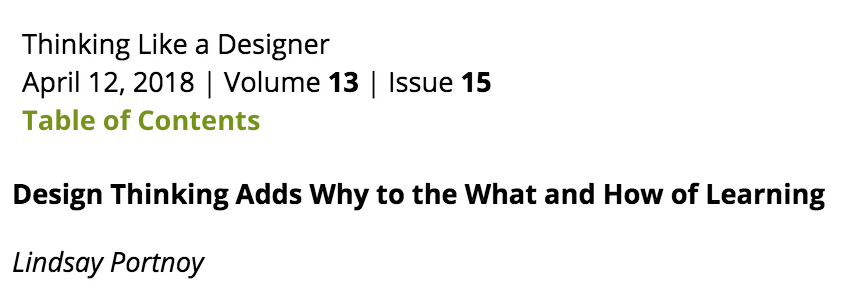On October 29, 2012, the skies over New York City erupted with lightning and windy rain as Hurricane Sandy brought a storm surge flooding coastal homes, subway tunnels, and roadways, and downing hundreds of trees. A striking aspect of the recovery efforts was how tragedy was reframed as an opportunity to innovate. In Prospect Park, Brooklyn, hundreds of downed trees were repurposed into a magical play space for the city's children called Zucker Natural Exploration Area. Here, children can craft raw materials into designs inspired by their own imaginations and take risks without fear of retribution. Seeing children at play in such innovative spaces prompts educators to consider: How can we infuse more of this type of engagement into each school day?
Design Thinking Empowers Learners
The answer to empowering our learners by giving them purpose and inspiring their passion may be right under our noses. In play, one group of children may use dozens of LEGO pieces to recreate the excavator they found fascinating on their neighborhood walk, while another group of students uses Minecraft to create a fireworks display in honor of the Chinese New Year.
Taken together, students learn the science and engineering behind simple machines or the importance of cultural practices in social studies, while learning how to collaborate with others and create something better together. In each instance, students use elements of design thinking to cocreate and problem solve, engaging in thoughtful dialogue and continuous iteration. This play can be made into so much more if educators guide students by demonstrating the utility of the content they're learning and inviting students into the process of meaning making.
Artful educators in design thinking classrooms work as a guide-on-the-side, empowering students to understand content through multiple perspectives and perhaps develop a sense of empathy. Why is there a need for that excavator truck (more housing to accommodate a growing population) or why are there fireworks during the Chinese New Year (ward off evil spirits)?
As students learn to identify ways content solves problems in the world, they can then research opportunities to apply that understanding in practice. For the excavators, this means identifying the potential use for simple machines to aid in demolition, digging, and construction, whereas for the fireworks it means identifying different ways to honor traditions, symbols, and important rituals in their community.
As students see opportunities to apply learning to the world around them, they communicate and invite multiple voices and together work to ideate possible ways to design a solution for a problem they see in the community or the world-at-large. Together, students take their understanding of the content and apply it to a novel solution through a prototype that they then test to determine how well their solution worked.
These prototypes are not always concrete tools based on simple machines like the excavator. They can take the shape of compelling opinion articles shared with a local paper or proposals to local school board policy, to name a few. Throughout the design process, students are continuously reflecting on their thinking, becoming more self-regulated by planning, monitoring, and assessing their growing knowledge, and revising their beliefs as they receive feedback and their understanding grows.
For example, consider how students might revise a plan or design when they receive a response from the school board about their proposal to add Chinese New Year to the school calendar or receive upcycled materials to create an excavator to build a community garden. Design thinking in practice moves learners beyond rote experiences and empowers students to see themselves as active contributors to the world today.
Empowering "Solutionaries"
When we're in the midst of a storm we can only watch and wait for it to pass before beginning to rebuild. But if we're smart, we can be proactive and begin seeking solutions before the next storm hits or the next wildfire is ignited. Empowered to be "solutionaries" instead of receptacles of rote worksheets, children greet the freedom to co-create with impressive learning and growth.
Driven by our students' curiosity and supported by expert educators, we can use the model of design thinking to help students design the change they want to be in the world.
Read more here: http://www.ascd.org/ascd-express/vol15/num14/empowering-students-to-design-the-change-they-want-to-see-in-the-world.aspx
